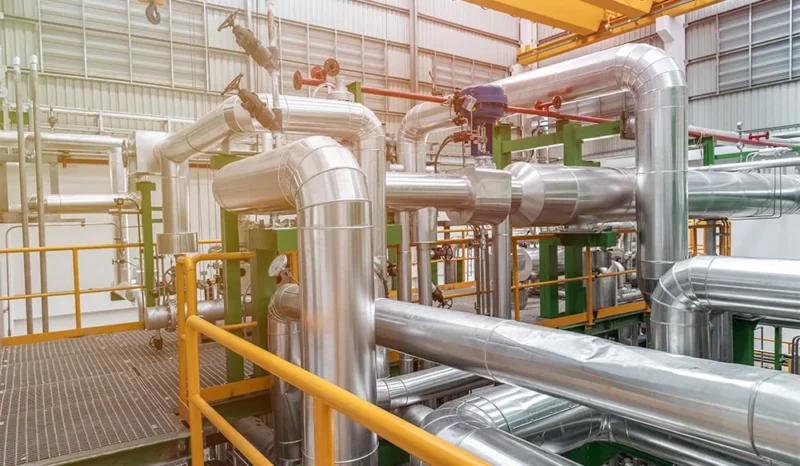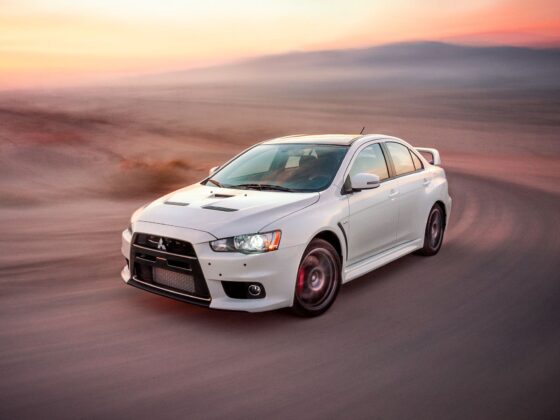Mild steel pipes are a popular choice for many construction projects due to their durability and affordability. But what factors determine how long mild steel pipes can last? This article investigates the various components that affect the longevity of mild steel pipes, from environmental conditions to manufacturing processes.
By exploring these different elements, we hope to provide an understanding of why some mild steel pipes are more durable than others. We also examine potential solutions that may help extend the lifespan of this versatile material.
With this knowledge, you will be well-equipped with information on how best to use and maintain mild steel pipes in your next project.
Corrosion Resistance
When it comes to mild steel pipe, corrosion resistance is essential for ensuring the durability of these components. Mild steel pipes can be made more resistant to corrosion through various treatments and coatings such as galvanization or using special alloys.
Galvanizing involves coating the pipe with a layer of zinc that acts as a barrier against corrosive elements in the environment. Special alloying processes are also used to protect pipes from corroding agents by forming an oxide film on their surface.
Additionally, painting and applying other protective coatings can help increase the life span of mild steel pipes and reduce their susceptibility to corrosion.
Manufacturing Process

Mild steel pipes are one of the most important components used in many construction and manufacturing projects. To ensure that these pipes last for a long time, it is essential to understand the factors influencing their durability.
The manufacturing process of mild steel pipes plays an integral role in its longevity; understanding this process can help identify potential problems and offer solutions to increase its durability. The first step in production involves selecting the right type of raw materials including iron ore, coke, limestone, etc.
, which determine critical properties such as strength and malleability. After selection, the material goes through a series of processes such as milling, rolling, and welding before being welded into shape by experienced professionals proficient with modern tools and equipment.
This part of the process requires careful attention to detail so that any defects or weak spots can be identified early on during the inspection stages. Further steps involve powder coating or galvanization which helps enhance corrosion resistance while also providing aesthetic value to the finished product.
Finally, rigorous testing is done on each pipe to check for consistency in size and quality standards set by regulatory bodies before they are delivered for sale or use at construction sites around the world.
Environmental Conditions
Environmental conditions can have a significant impact on the durability of mild steel pipes. Exposure to aggressive chemicals, extreme temperatures, and high humidity levels can cause corrosion in metal materials like mild steel, leading to premature deterioration of pipe joints and walls.
In addition, soil type and pH level can also affect the longevity of these pipes due to potential damage caused by acidic or alkaline agents present in certain soils. Lastly, installation factors such as unsuitable flange connection designs or incorrect welding techniques may also lead to reduced performance over time if not corrected properly during initial assembly.
Coating and Finishing

Coating and finishing of mild steel pipes is an important factor in ensuring their durability. Steel pipes are susceptible to corrosion, so they must be properly protected against the elements.
To achieve this, various coatings and finishes can be used such as galvanizing, primers, epoxy paints, or powder coating. Galvanization adds a protective layer of zinc oxide which prevents rust from forming.
Primers create a barrier between the pipe surface and the paint that will be applied on top while epoxy paint provides additional protection against harsh chemicals and UV rays. Powder coating creates an even thicker layer of protection with excellent adhesion properties allowing for superior weathering resistance compared to other coatings or finishes.
All these processes require careful consideration when choosing to ensure the long-term durability of mild steel pipes.
Conclusion
Mild Steel Pipes are a great choice for plumbing or other piping needs due to their durability and strength. However, several factors can affect the lifespan of these pipes, such as environment, installation methods, and quality of material used.
It is important to be aware of these factors so that the right precautions can be taken to ensure the longest life possible for Mild Steel Pipes. With proper consideration and maintenance, Mild Steel Pipes will last longer than expected and provide years of reliable service.



